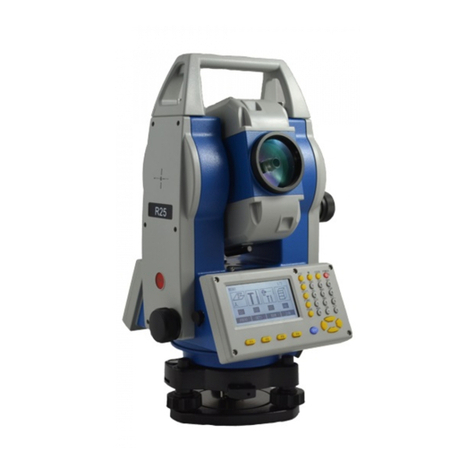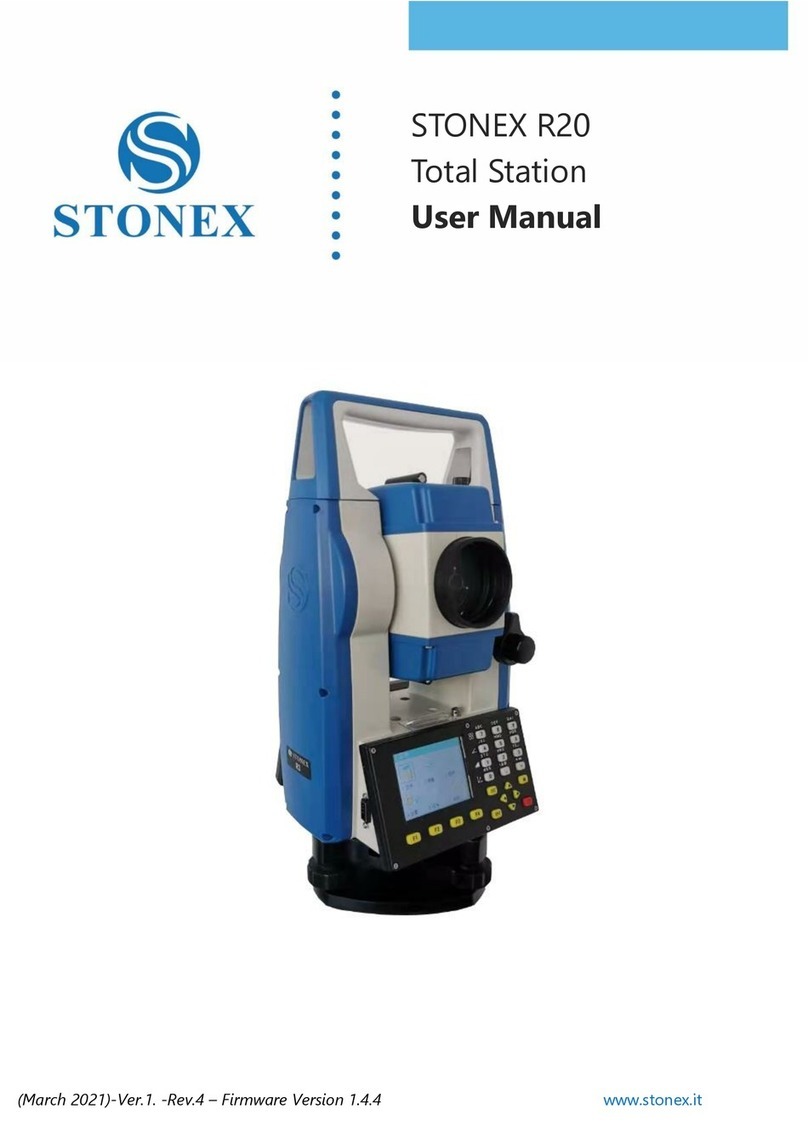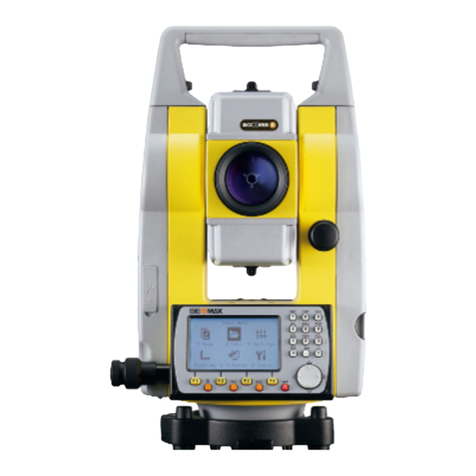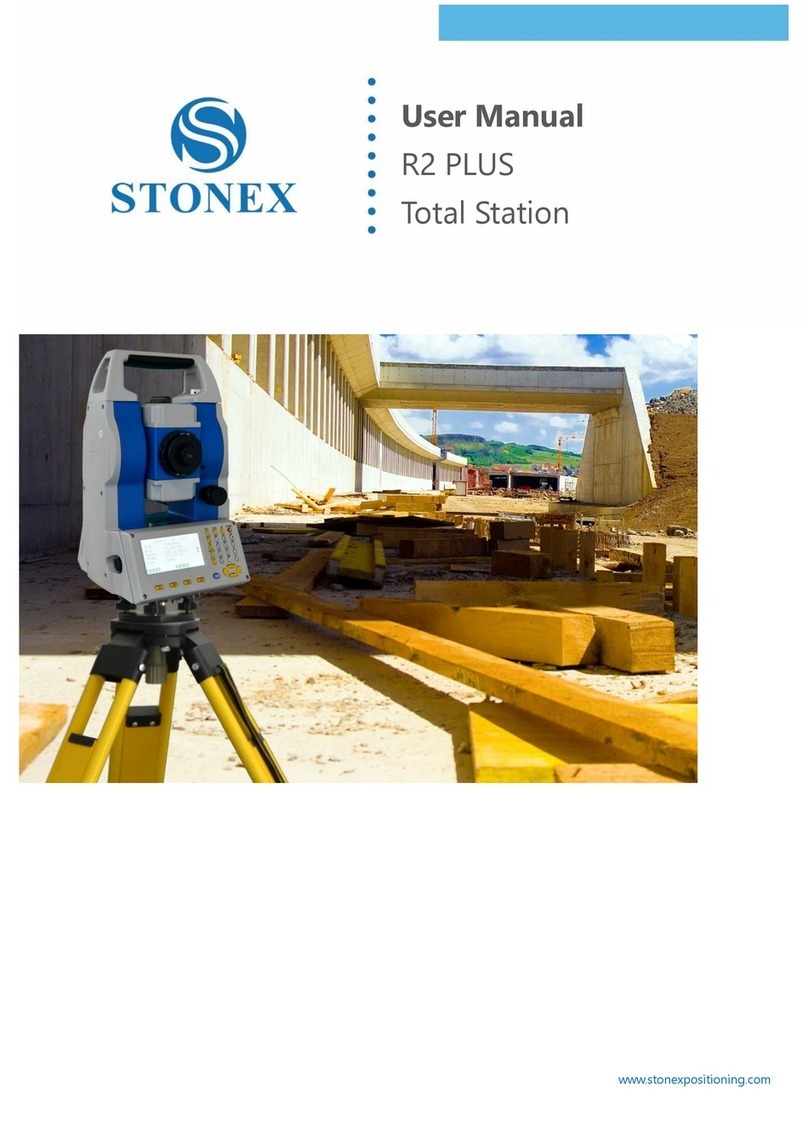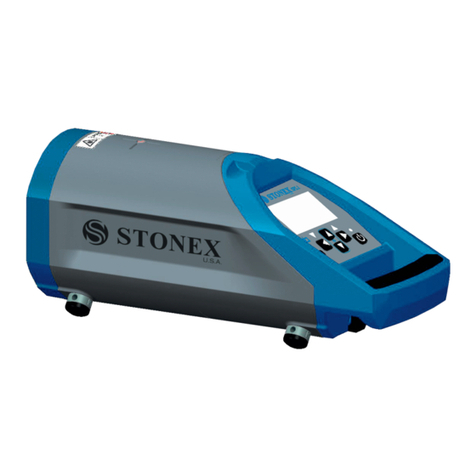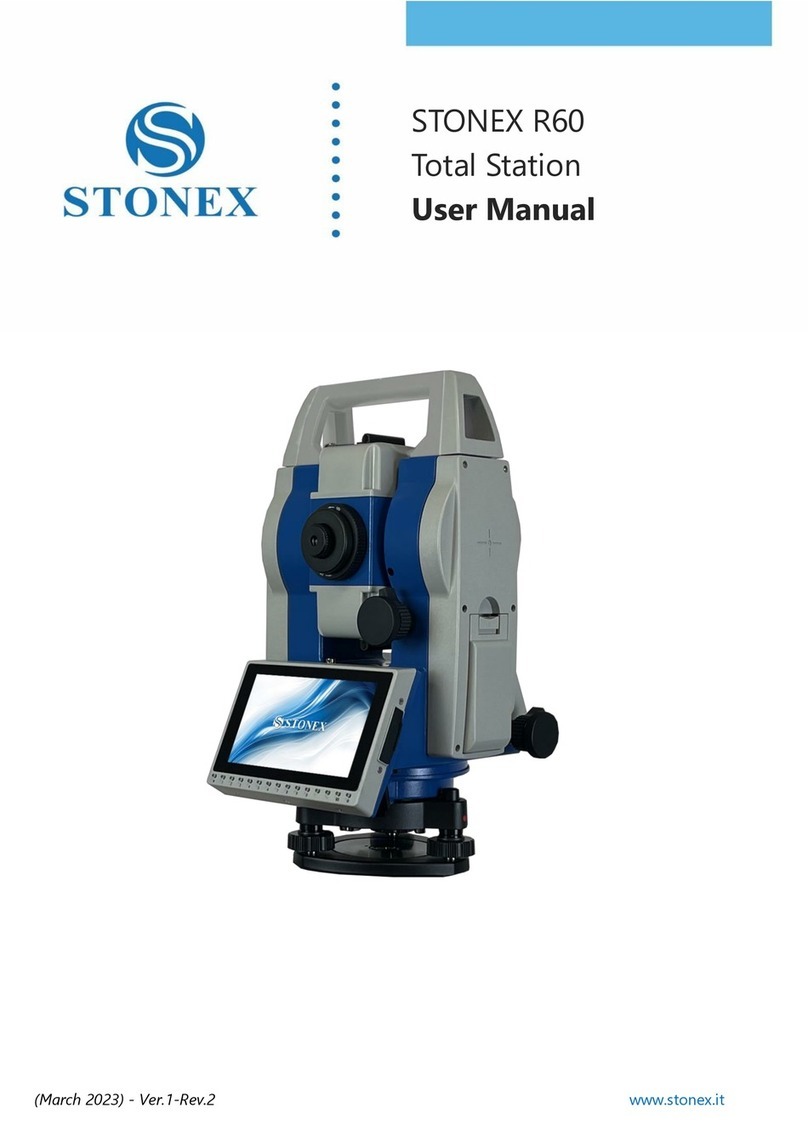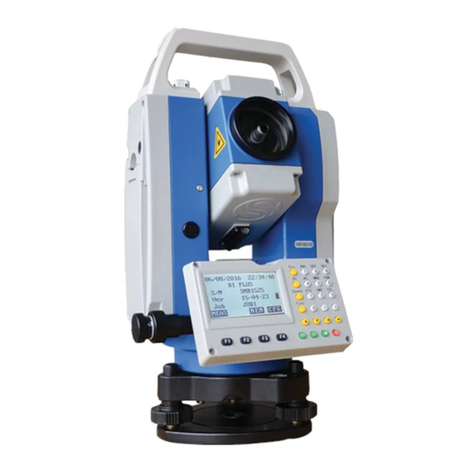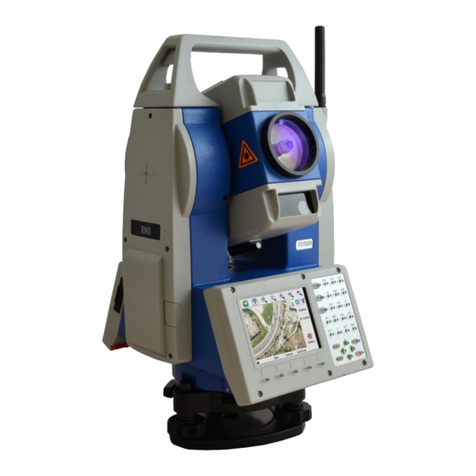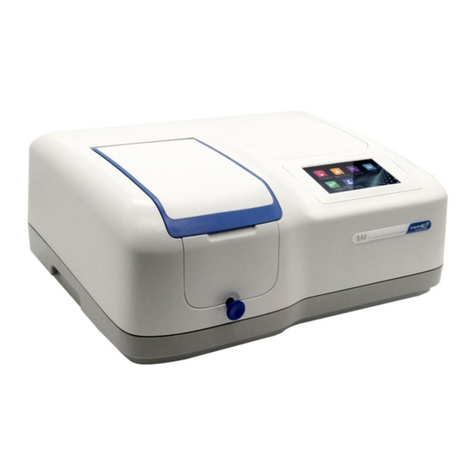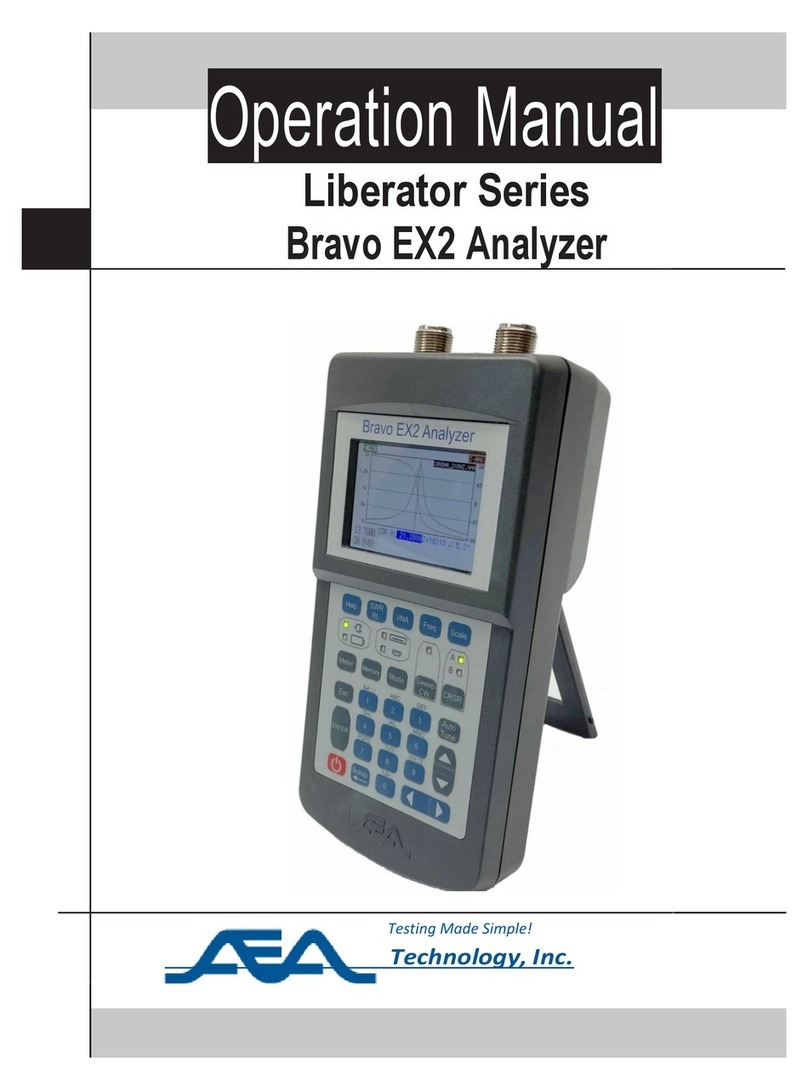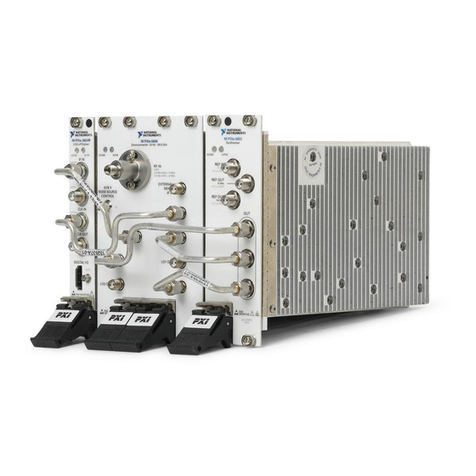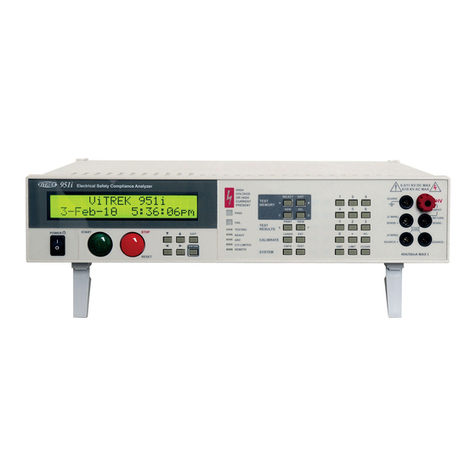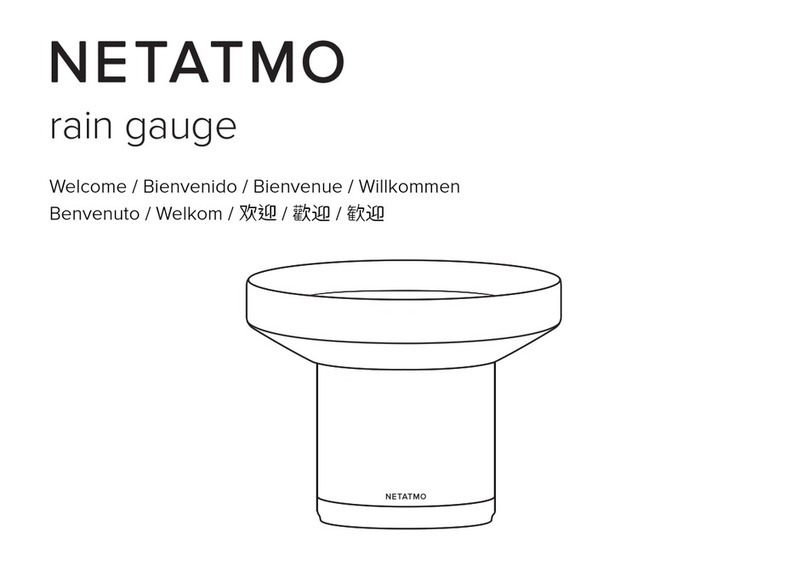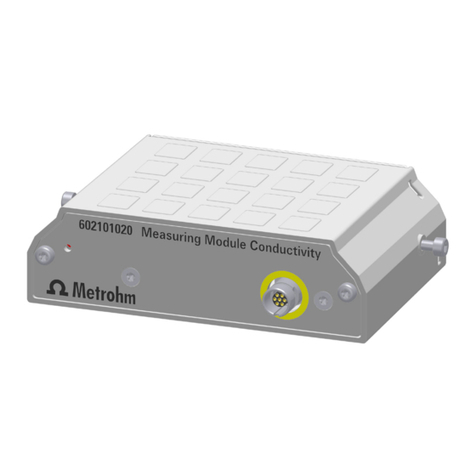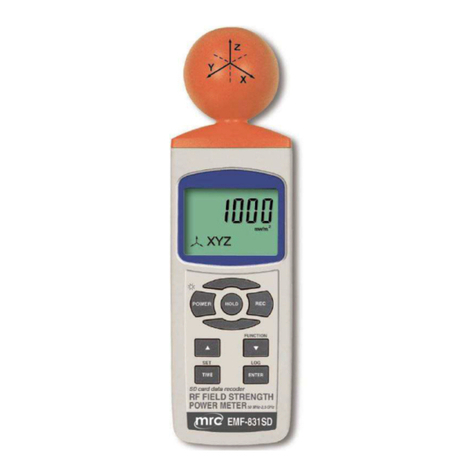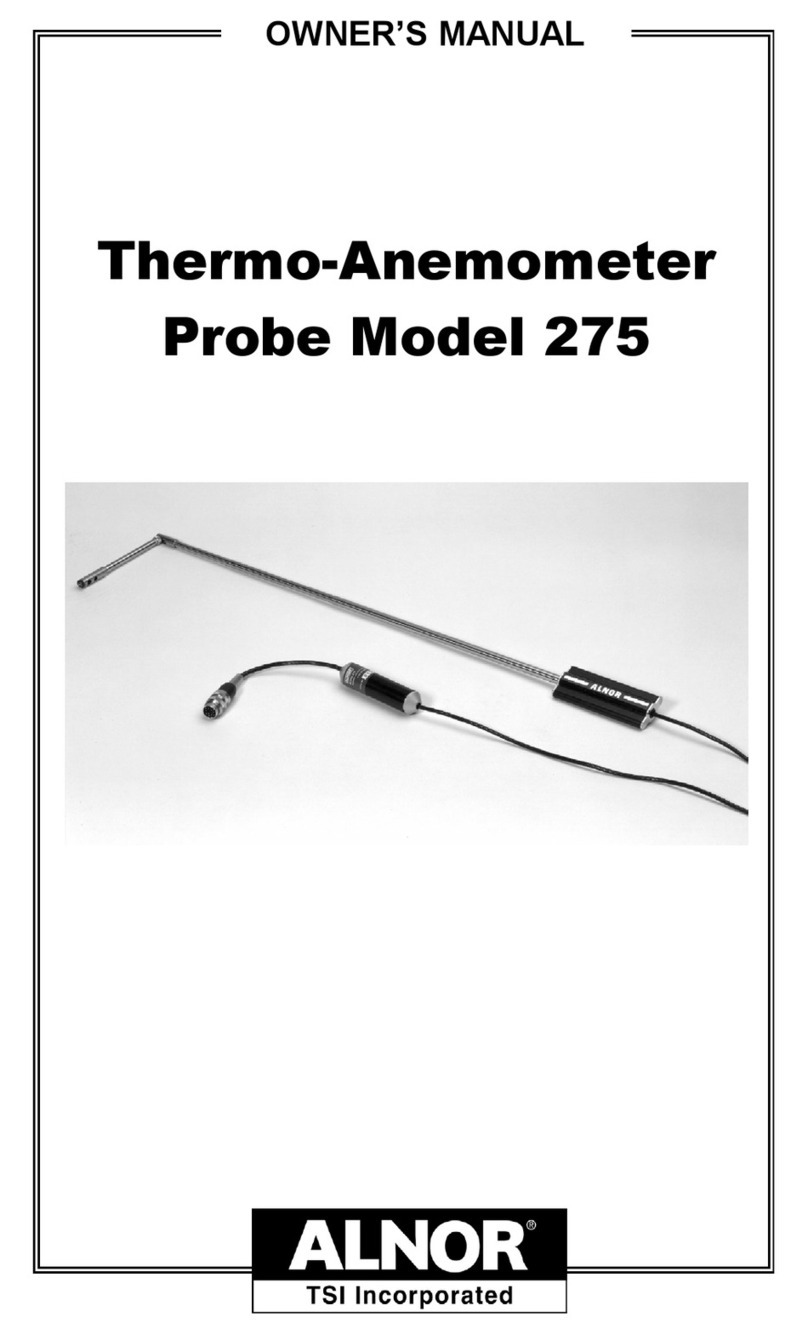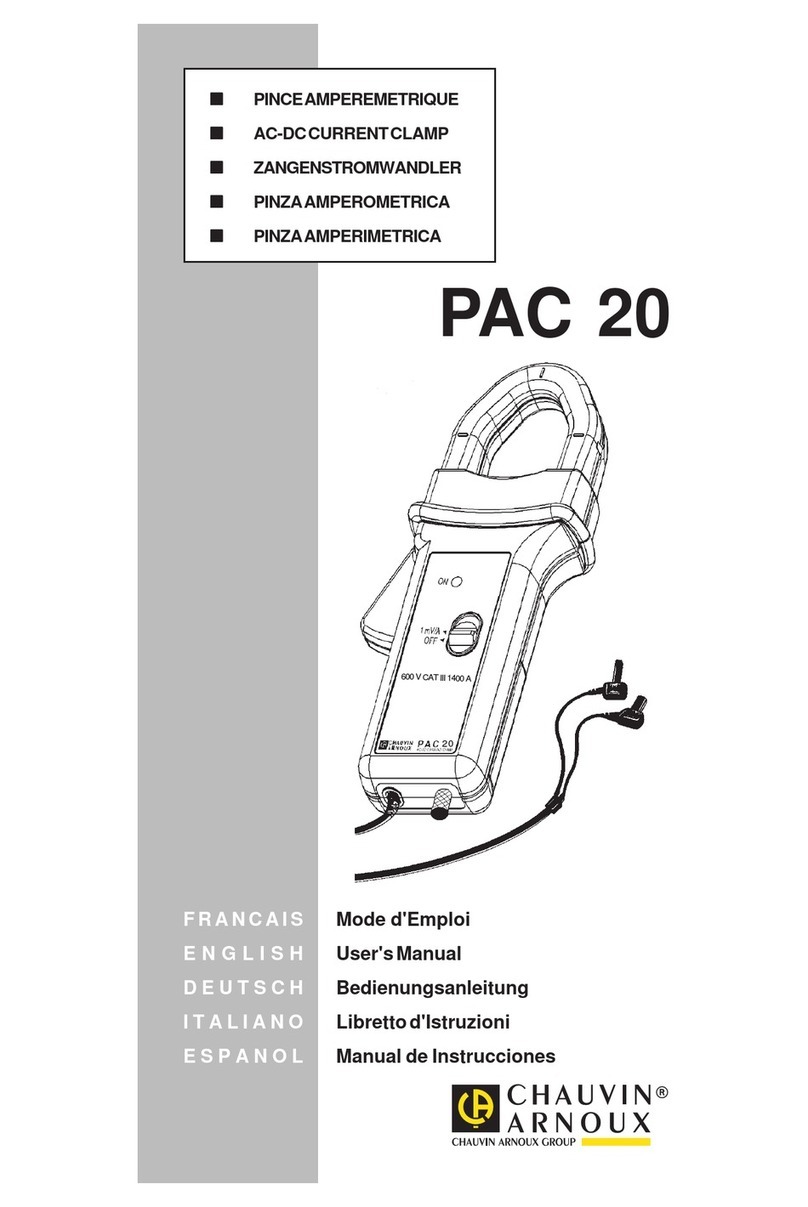STONEX R2W PLUS 500 User manual


R2W PLUS
1
Dear Customer:
Congratulations! We, STONEX are proud to present you with an R2W PLUS
instrument. Your total station is a rugged and reliable instrument whose
performance and design are not surpassed.
To fully appreciate and protect your investment, we suggest that you take the
necessary time to read and fully understand this manual. We have a dedicated
service organization. If the need arises, please don’t hesitate to call us.
Thank you for your trust and confidence.

R2W PLUS
2
NOTE:
Don’t collimate the sun directly
Avoid insolating the instrument, and don’t collimate the sun directly for protecting eyes
and instrument.
Set up the instrument on the tripod
When using it please insure the connection between tripod and instrument is firm. It is
better to work with wooden tripod for the measurement accuracy.
Assemble the tribrach on the instrument
The setting of tribrach would influence the accuracy. The tribrach should be check
frequently, the screw which connects the tribrach and alidade must be locked tightly. And
the central fixing screw should be tight.
Avoiding the librations on the instrument
When transporting, keep the instrument in the case and try your best to lighten librations.
Carry the instrument
When carrying, the instrument handle must be held tight.
High temperature condition
If put the instrument in high temperature condition for a long time, it is bad for the
instrument performance.
Temperature changing sharply
The sharp temperature changing on the instrument or prism will shorten the distance
measurement range, for example, after taking the instrument out from a warm car to a
cold condition, wait for some time, it can be used when it adapts to the surrounding
condition.
Check the battery power
Before using it, you should check the power whether it is enough.
Take out the battery
It is not suggested to take out the battery when the instrument is on, otherwise, the stored
data may be lost, so it is better to replace the battery after power off the instrument.
Stored data responsibility
STONEX should not be held liability for the lost data because of wrong operation.
The noise from the instrument
When the instrument is working, it is normal if you hear the noise from instrument motor,
it will not affect the instrument work.

R2W PLUS
3
Definition of Indication
For the safety of your product and prevention of injury to operators and other persons as
well as prevention of property damage, items which should be observed are indicated by
an exclamation point within a triangle used with WARNING and CAUTION statements
in this manual.
The definitions of the indication are listed below. Be sure you understand them before
reading the manual’s main text.
PRECAUTIONS FOR SAFE OPERATION
●Only STONEX authorized distributors can disassemble or rebuilt the instrument.
●Do not collimate the sun directly. The eye injury or blind could result.
●Cover the charger maybe result fire when charging.
●If use defection power cable, socket or plug, there is danger of fire, or electronic shock.
●Using wet battery or charger maybe result fire, or electronic shock.
●Do not close the instrument to burning gas or liquid, and do not use the instrument in
coal mine. Blast could be result.
●Do not put the battery in the fire or high temperature condition. Explosion, damage
could result.
●If use the battery which is not specified by STONEX, there is a danger of fire, electric
shock or burn.
●If use the power cable which is not specified by STONEX, there is a danger of fire.
●If short circuit of the battery, there is a danger of fire.
● When this product encounters disturbance of severe Electrostatic Discharge, perhaps it
will have some degradation of performance like switching on/off automatically and so on.
WARNING:
CAUTION:
!WARNING
!
!
Ignoring this indication and making an operation
error could possibly result in death or serious
injury to the operator.
Ignoring this indication and making an operation
error could possibly result in personal injury or
property damage.

R2W PLUS
4
●If touch the instrument with wet hand, there is danger of electric shock.
●Stand or seat on the carrying case, or turn over the carrying case arbitrarily, the
instrument maybe damaged.
●Be careful of the tripod tiptoe when setup or move it.
●Drop the instrument or the carrying case, or use defective belt, agraffe or hinge,
instrument damage could result.
●Do not touch liquid leaking from the instrument or battery. Harmful chemicals could
cause burn or blisters.
●Please assemble the tribrach carefully, if the tribrach is not stable, series damage could
result.
●Drop the instrument or tripod, series damage could result. Before use it, check the
central screw is tight.
User
1) This product is for professional user only!
The user is required to be a qualified surveyor or have a good knowledge of surveying, in
order to understand the user manual and safety instructions, before operating, inspecting
or adjusting.
2) Wear the required protectors (safety shoes, helmet, etc.) when operating.
Exceptions from Responsibility
1) The user of this product is expected to follow all operating instructions and make
periodic checks of the product’s performance.
2) The manufacturer assumes no responsibility for results of a faulty or intentional usage
or misuse including any direct, indirect, consequential damage, and loss of profits.
3) The manufacturer assumes no responsibility for consequential damage, and loss of
profits by any disaster, (an earthquake, storms, floods etc.).
4) The manufacturer assumes no responsibility for any damage, and loss of profits due to
a change of data, loss of data, an interruption of business etc., caused by using the product
or an unusable product.
5) The manufacturer assumes no responsibility for any damage, and loss of profits caused
by usage except for explained in the user manual.
6) The manufacturer assumes no responsibility for damage caused by wrong transport, or
action due to connecting with other products.
!CAUTION

R2W PLUS
5
Safety Standards for Laser (R2W PLUS Series)
R2W PLUS Series adopts the safe and visible laser on the basis of “Specification
Standard of radiant products” (FDA CDRH.21CFR Part 1040.10 and 1040.11) and
“Safety of laser products – parts 1: Equipment classification, requirements and user’s
guide” (IEC 60825-1:2001).
According to above standards, R2W PLUS Series is class ⅢA/3R laser products. When
the prism or reflective sheet is selected in Config mode as target, the output is equivalent
to the safer class 1.
Once the instrument is damaged, do not disassemble it. You’d better contact STONEX
or local dealer.
Labels
Follow the safety instructions on the labels as well as in this manual to ensure safe use .
Note for Safety
● Never point the laser beam at other’s eyes, it could cause serious injury.
● Never look directly into the laser beam source, it could cause permanent eye damage.
● Never stare at the laser beam, it could cause permanent eye damage.
● Never look at the laser beam through a telescope or other optical devices, it could cause
permanent eye damage.
!WARNING
Laser emit

R2W PLUS
1
CONTENT
1. Nomenclature and Functions...........................................................................................1
1.1 Nomenclature........................................................................................................1
1.2 Keyboard............................................................................................................... 3
1.3 Comprehensive Understanding .............................................................................4
1.3.1 Basic Measurement ....................................................................................4
1.3.2 Standard Measurement...............................................................................5
1.3.3 Instrument Setup......................................................................................... 5
1.3.4About.......................................................................................................... 6
1.3.5 Third-party software................................................................................... 6
1.3.6 Convenient panel........................................................................................6
1.4 Shortcut key........................................................................................................... 7
1.5 Touch screen calibration........................................................................................8
1.6 Battery................................................................................................................... 9
1.6.1 Battery Power indicator..............................................................................9
1.6.2 Replace and mount battery......................................................................... 9
1.6.3 Recharge battery.......................................................................................10
1.7 USB connection................................................................................................... 11
1.8 Guide light(Optional).......................................................................................... 12
2. Preparation before Measurement...................................................................................13
2.1 Setting up the instrument..................................................................................... 13
2.2 Levelling-Up .......................................................................................................13
2.3 Centering............................................................................................................. 15
2.3.1 Centering with Optical Plummet (Optional) ............................................15
2.3.2 Centering with Laser Plummet................................................................. 16
3 Instrument settings .........................................................................................................17
3.1 INST Setup.......................................................................................................... 17
3.1.1 Setting the measure condition .................................................................. 18
3.1.2 Setting the units........................................................................................ 18
3.1.3 Setting parameters of communication ports............................................. 19
3.1.4 Instrument parameters review.................................................................. 19
3.2 Illumination settings............................................................................................ 20
4. Basic measurement program......................................................................................... 21
4.1 Run the program “Basic Measurement”.............................................................. 21
4.2 Basic measurement screen introduction.............................................................. 21
4.3 Angle measurement mode................................................................................... 22

R2W PLUS
2
4.3.1 Horizontal angle(right angle) and vertical angle measurements .............. 22
4.3.2 Horizontal angle switch between right and left........................................ 23
4.3.3 Setting horizontal angle with the “L.Angle” key ..................................... 24
4.3.4 Setting horizontal angle with the “S.Angle” key......................................25
4.3.5 Setting “vertical angle and percent grade” mode with the “V/%” key..... 26
4.3.6 Carrying out angle retesting with the “Repeat” key .................................27
4.4 Distance measurement mode............................................................................... 30
4.4.1 Distance measurement and measuring mode setting................................ 30
4.4.2 Fine/Tracking distance measurement....................................................... 31
4.4.3Accurate Measurement and Track mode .................................................. 33
4.4.4 Exchange of distance units....................................................................... 34
4.4.5 Distance stake out measurement .............................................................. 34
4.4.6 Remote Elevation Measurement(REM)..............................................36
4.4.7 Missing Line Measurement (MLM)......................................................... 41
4.4.8 Line-height Measurement......................................................................... 44
4.5 Coordinate Measurement Mode.......................................................................... 49
4.5.1 Setting coordinate of occupied point........................................................ 49
4.5.2 Setting backsight point.............................................................................50
4.5.3 Setting instrument height and prism height.............................................. 52
4.5.4 Operation of coordinate measurement......................................................53
4.5.5 Traverse Surveying...................................................................................54
4.5.6 Offset Measurement Mode....................................................................... 58
4.6 About................................................................................................................... 67
5. Check and Adjustment..................................................................................................68
5.1 The Instrument Constant.....................................................................................68
5.2 Plate Level and Circular Level............................................................................ 69
5.2.1 Plate Level................................................................................................ 69
5.2.2 Circular Level...........................................................................................69
5.3 The Optical Sight.................................................................................................70
5.4 Optical Plummet and Laser Plummet..................................................................70
5.4.1 Optical Plummet(factory optional)........................................................... 70
5.4.2 Laser Plummet..........................................................................................71
5.5 Vertical Cross-hair on Telescope.........................................................................72
5.6 Horizontal Collimation Error C........................................................................... 73
5.7 Vertical Index Error............................................................................................. 74
5.8 EDM OpticalAxis and the Telescope SightingAxis Error .................................76
6. Specifications................................................................................................................ 77
7. Standard components .................................................................................................... 80

R2W PLUS
3
Appendix I: Atmospheric correction formula and chart(Just for reference)...................... 81
Appendix II: Correction for refraction and earth curvature .............................................. 83
Appendix III:Assembling and disassembling for three-jaw tribrach................................ 84

R2W PLUS
1
1. Nomenclature and Functions
1.1 Nomenclature
Handle
Optical sight
Tribrach
Handle screw
Instrument height mark
Vertical
motion screw
Vertical
clamp screw
Battery
USB port
Instrument height mark
Eyepiece

R2W PLUS
2
Touch screen
Keypad
Objective
Horizontal
motion clamp
Horizontal tangent
screw

R2W PLUS
3
1.2 Keyboard
R2W PLUS series is equipped with two color touch screens and alphanumeric keypad,
operation by both touching screen and pressing keyboard is possible.
Do not touch the screen with ball-pen, pencil or other sharp thing to avoid damage on
instrument.
Keys
Name
Functions
0~9/A~!
Alphanumeric keypad
Enter text and numerical values.
α
Shift key for character
entry
The current entry method can shift among
number, smaller letter and capital letter.
★
Star key
Normal configurations can be set here
Tab
Tab key
Move the cursor right or next position
BS
BackSpace key
Move the cursor left and delete one
character
Ctrl
Ctrl key
Same with the Ctrl key of PC
Space
Space key
Enter the space
Enter
Enter key
Confirm an entry or selection
ESC
Escape key
Quit a screen or edit mode without saving
changes. Return to next higher level
FUNC
Function key
Perform variable functions defined by
program screen
◄▲▼►
Navigation key
Control the focus bar within the screen
and the entry bar within a field
ⓛ
Power key
Turn on/off the instrument

R2W PLUS
4
1.3 Comprehensive Understanding
Function introduction
Display
After initiating the instrument the screen will
go to present “Welcome Interface”which is
shown right. STONEX AIOSurvey consists of
several functions, that is, “BSC Measure
(Basic Measurement)”, “STD Measure
(Standard Measurement)”, “Engineering
Surveying (FieldGenius)”, “INST Setup
(Instrument Setup)”and “About (Relevant
Information)”.
1.3.1 Basic Measurement
Function introduction
Display
Click “BSC Measure”key to activate basic
measuring. This function is used for surveying
and calculating, including some modes, that
is, angle measurement, distance measurement,
coordinate measurement and parameter setting
during conventional surveying. Distance
measurement mode underpins Remote
Elevation Measurement and Line-height
Measurement. Coordinate measurement mode
is made up of Traverse Surveying, Angle
Offset Measurement, Distance Offset

R2W PLUS
5
Measurement, Plane Offset Measurement, and
Column Offset Measurement.
Besides, basic measurement is also
appropriate for checking performance
functionality and index of angle measurement
and distance measurement for total station.
1.3.2 Standard Measurement
Function introduction
Display
Standard measurement function is used to
resolve and calculate applied measurements
during conventional surveying. It contains
“project management”, “import/export”,
“instrument station setup and orientation”,
“foresight measurement”, “backsight
measurement”, “side-looking measurement”,
“cross-sectional measurement”, “setting out
of point, bunch and alignment”, “road
design”, “traverse adjustment”, “ coordinate
geometry”, “ batter board label”, “steel ruler
connection survey”, “data query and editing”
and so on.
NOTE: This part is optional, it is normal to
display as right figure.
1.3.3 Instrument Setup
Function introduction
Display
Instrument setup function is mainly applied
for instrument settings, instrument calibration
and generation and management of instrument
constant. It is made up of a series of functions
such as “compensator linear correction”,
“compensator zero correction”, “horizontal
axis error correction”, “index correction”,
“instrument settings”, “distance constant
settings”, “communication port settings”,
“configuration management”, etc.

R2W PLUS
6
1.3.4 About
Function introduction
Display
The “About”function Offers information of
manufacturer and software version.
1.3.5 Third-party software
Function introduction
Display
Third-party software provides professional
surveying and cartography function. It’s main
interface of “FieldGenius”in the right figure.
In fact, the application program interface of
STONEX instrument system supports more
third-party softwares.
1.3.6 Convenient panel
Function introduction
Display
Click 【★】 key to enter into convenient
panel.Electronic bubble function on this panel
is used for dynamic display of electronic
bubble during leveling up. Furthermore,
functions like settings of meteorological
condition, observed object, illumination,
prism constant and communication port are
provided.

R2W PLUS
7
1.4 Shortcut key
1)Some shortcut keys are applied in R2W PLUS series.
Key combination
Description
⊙
Power on/off
★
Enter into setting mode directly/Turn on the electronic bubble
α
Shift among number, smaller letter and capital letter
FUNC+BS+⊙
Enter this combination at the same time before starting up to
backup all settings
FUNC+CTRL+⊙
Enter this combination at the same time before starting up to
restore all settings
FUNC+SP+⊙
Enter this combination at the same time before starting up to
erase all settings
FUNC+BS
Turn on/off backlight of key panel in face left position
FUNC+TAB
Turn on/off backlight of key panel in face right position
CTRL+ESC
Enter boot menu
CTRL+TAB
Start touch screen calibration
FUNC+CTRL
Turn on/off soft keyboards
FUNC+↑
Increase backlight brightness of LCD
FUNC+↓
Decrease backlight brightness of LCD
FUNC+←
Turn on/off LCD display in face left position
FUNC+→
Turn on/off LCD display in face right position
2) method for character entry switch
Press αkey, current character entry method will be changed, on the lower right corner, the
inputting method will display for a moment.

R2W PLUS
8
1.5 Touch screen calibration
When you operate on the screen, if your device isn’t responding to your taps, you may need to
recalibrate your screen. In any picture, press the combination key “CTRL+TAB” so as to enter
into touch screen calibration. The calibration process is shown in the figure below.
1) Carefully press and briefly hold stylus on
the center of the target. Repeat as the target
moves around the screen.
2) After all the targets are clicked, the screen
will display as left, tap the screen to register
saved data. The screen goes back to Stylus
Properties menu.

R2W PLUS
9
1.6 Battery
1.6.1 Battery Power indicator
At any screen interface, press【★】key to
open fast setting menu.
Select Battery, battery level will be seen
following Battery Level.
NOTE:
1. The battery’s working time will be affected by many factors, such as ambient temperature,
recharging time, recharging and discharging times. So we suggest the users to fully recharge
the battery or prepare several full batteries before operation.
2. The battery symbol only indicates power capability for current measurement mode. The
power consumption in distance measurement mode is more than in angle mode, if the
instrument enters into distance measurement mode from angle mode, the power maybe
auto-off because of lower battery.
3. The symbol only indicates the supply power but not the instantaneous power change. And if
the measurement mode changes, the symbol will not show the power’s decrease or increase
immediately.
4. It is suggested that user should check every battery power before field work.
1.6.2 Replace and mount battery
1.Replace battery
1)Press the button downward as shown left.
2)Remove the battery by pulling it towards you.
2.Mount battery
1. Insert the battery to the instrument.

R2W PLUS
10
2. Press the top of the battery until you hear a Click.
1.6.3 Recharge battery
1) Connect the charger connector to the battery.
2) Plug the charger on 100V/240V power supply. The red lamp becomes lighting, which
indicates recharging. If interval-time is longer, the connector isn’t fixed well.
3) That the green lamp flashes means recharging is complete.
NOTE: 1) New battery (or battery does not used for several months) should be recharged for
several times. Please recharge it more than 10 hours, and then the battery can attain
best status.
2) Please recharge the battery continuously for another 1~2 hours after the light
turning green, which is good for the battery.

R2W PLUS
11
1.7 USB connection
● The file in the instrument could be read through ActiveSync software by USB cable.
● External memory stick could be used by USB Host connector. The file in the external
memory stick could be read in the instrument interface.
1)Open the cover of USB which behind the display panel;
2)Input external memory stick into USB Host connector;
3)The external memory stick could be recognized as hard disk automatically. It could be file
copy etc.
This manual suits for next models
4
Table of contents
Other STONEX Measuring Instrument manuals
Popular Measuring Instrument manuals by other brands

ACOEM
ACOEM Fixturlaser SMC BALANCER Quick tips
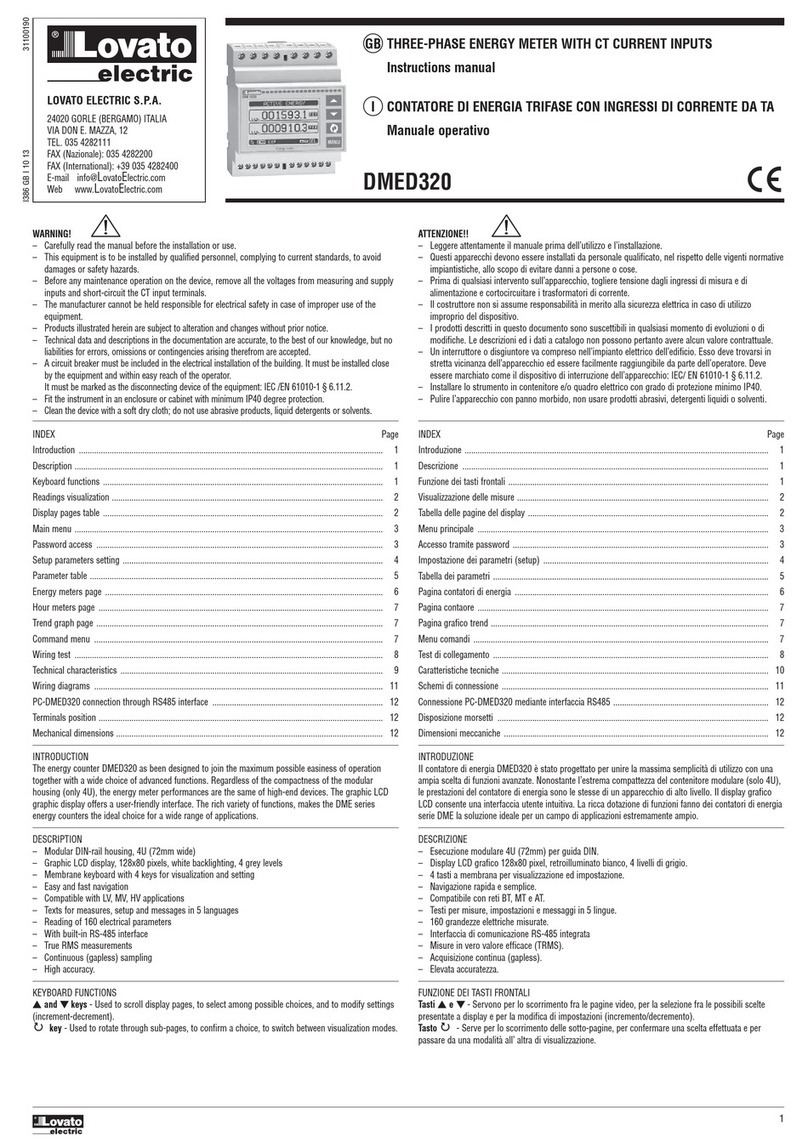
LOVATO ELECTRIC
LOVATO ELECTRIC DMED320 instruction manual
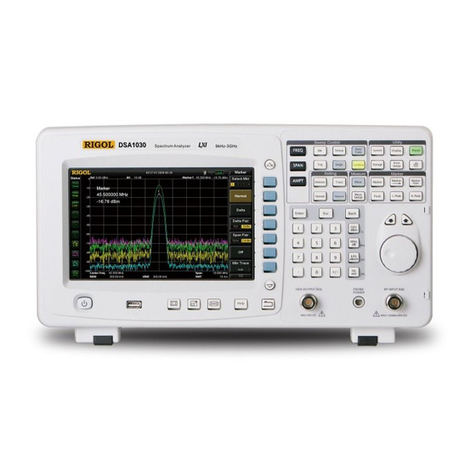
Rigol
Rigol DSA1000 Series Accessories User Guide
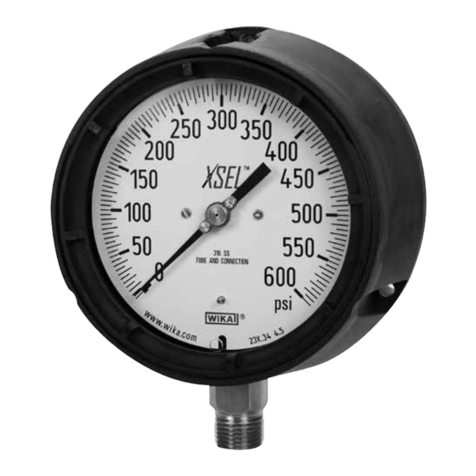
WIKA
WIKA 2XX.34 Operating & installation instructions
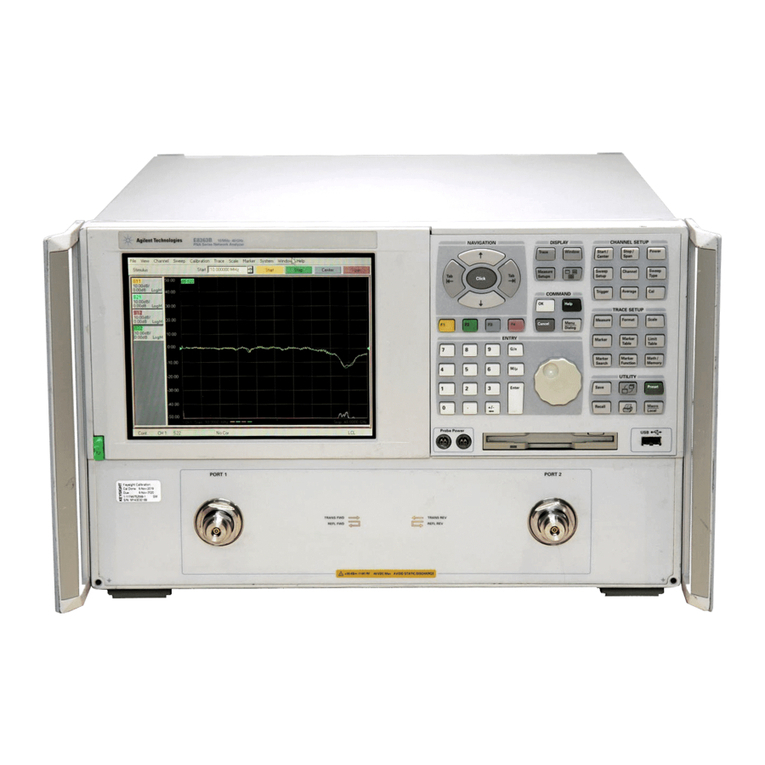
Agilent Technologies
Agilent Technologies E8362B Service guide
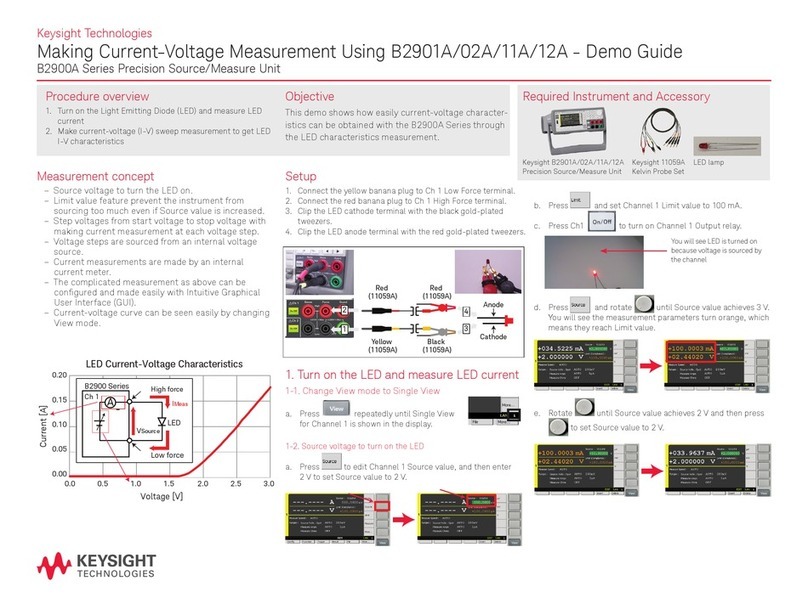
Keysight Technologies
Keysight Technologies B2900A Series Demo guide
